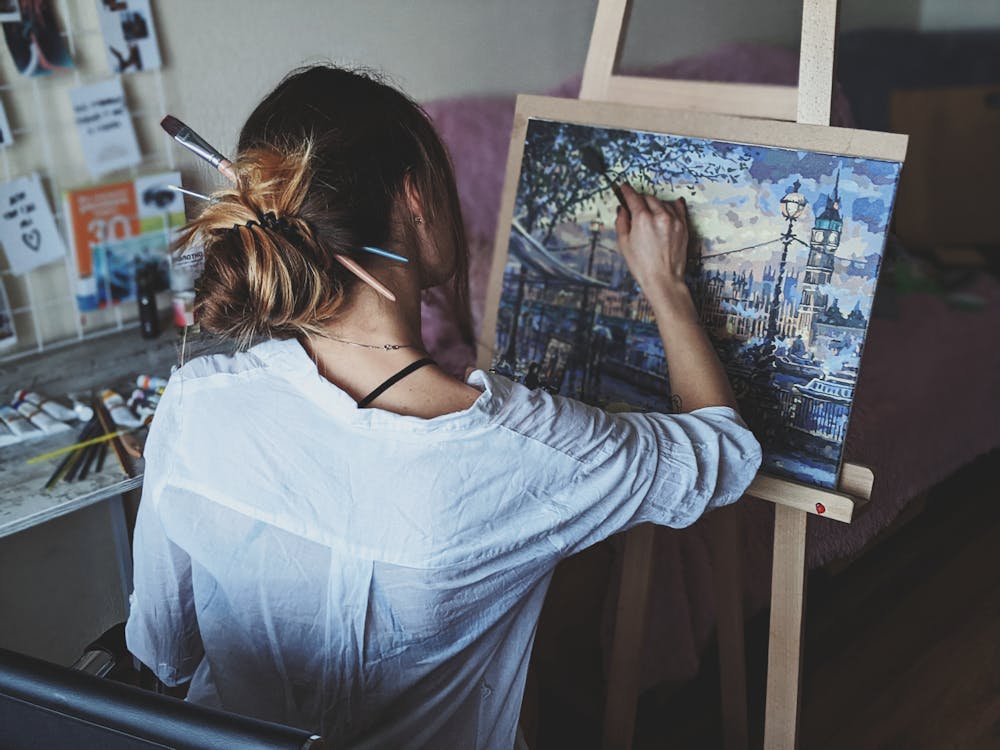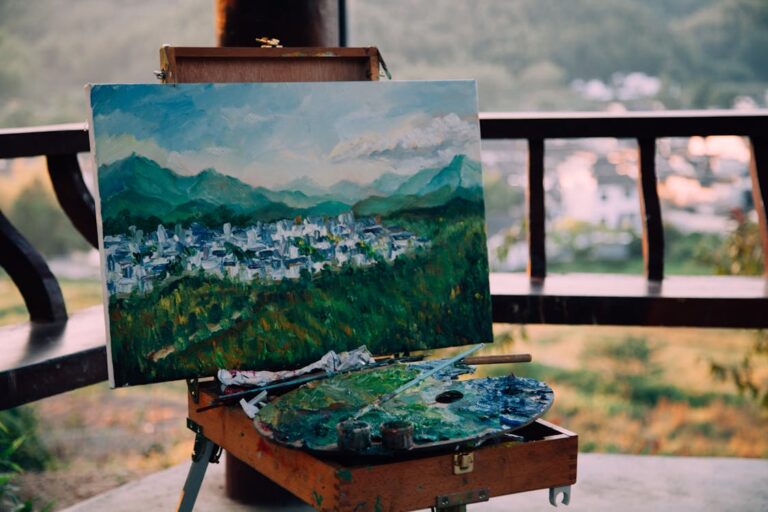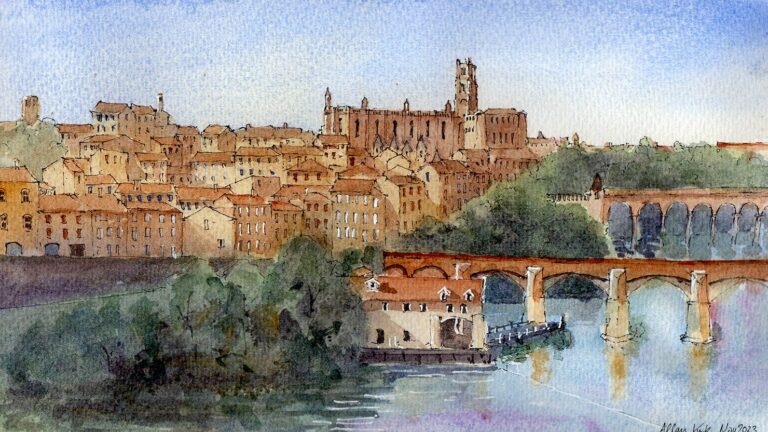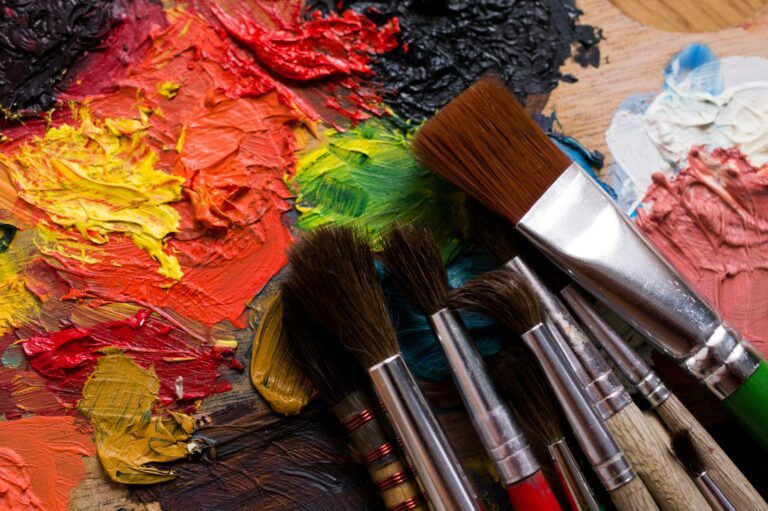Oil Painting in the City: Capturing Urban Life on Canvas
Oil painting has long been a timeless art form, and when applied to cityscapes, it transforms bustling urban environments into stunning works of art. The contrast of towering skyscrapers, glowing streetlights, and everyday city moments creates a vibrant, dynamic subject for artists. Whether you’re a seasoned painter or a beginner, oil painting allows you to express the energy, architecture, and atmosphere of the city like never before.
Let’s dive into the world of urban oil painting, exploring techniques, inspiration, and tips to help you bring city life to your canvas!
🌆 Why Paint Cityscapes?
Cities are filled with visual storytelling—from historic buildings to modern skylines, busy streets, and reflective puddles after the rain. Painting cityscapes allows artists to:
✔ Capture the energy and movement of urban life.
✔ Play with light and shadows—such as sunset reflections on glass buildings.
✔ Highlight contrast, like old brick structures beside sleek high-rises.
✔ Express mood and emotion, whether it’s a peaceful morning or a lively nightlife scene.
Urban settings provide endless inspiration, making oil painting a perfect medium to bring depth, texture, and realism to cityscapes.
🎨 Essential Techniques for City Oil Painting
1. Start with a Strong Composition
✔ Choose a focal point, like a landmark building, street corner, or bridge.
✔ Use leading lines (roads, train tracks, or power lines) to guide the eye.
✔ Experiment with perspective—painting from a high-rise view or a street-level scene.
2. Layering & Depth for Realism
✔ Begin with an underpainting (a thin base layer) to map out shapes.
✔ Work from background to foreground—starting with the sky and distant buildings before adding closer details.
✔ Use blending techniques for smooth gradients in the sky, windows, and reflections.
3. Play with Light & Shadows
✔ Capture the golden glow of sunset or the cool tones of neon streetlights.
✔ Use thick paint (impasto) for highlights—like shimmering windows or wet pavement.
✔ Experiment with chiaroscuro (strong light-dark contrast) for dramatic effects.
4. Add Urban Texture & Details
✔ Use a palette knife to create rough textures for brick walls or roads.
✔ Try dry brushing for subtle mist, fog, or smog effects.
✔ Add small human figures or vehicles to bring life to the scene.
🏙️ Finding Inspiration in the City
If you’re looking for a great subject to paint, consider:
🌉 Iconic landmarks – Bridges, towers, and historic buildings.
🚖 Busy streets – Taxi cabs, crosswalks, and bustling sidewalks.
🌧 Rainy city reflections – Puddles and neon signs glowing at night.
🏢 Abstract city forms – Skyscraper silhouettes against a twilight sky.
🌳 Urban parks – A mix of nature and city architecture.
Take photographs or do sketches before starting your painting to plan your composition!
🖌️ Tips for Beginners
✔ Choose a limited color palette – Avoid using too many colors to keep your painting cohesive.
✔ Use quick, loose brushstrokes – Cities are full of movement; avoid over-detailing too early.
✔ Experiment with mood – Play with warm vs. cool tones to change the feeling of your scene.
✔ Practice perspective – Buildings and streets must be drawn with proper angles to look realistic.
✔ Don’t be afraid to go abstract – You don’t have to paint every detail—sometimes suggestion is enough!
🏙️ Final Thoughts: Bringing Cities to Life with Oil Paint
Oil painting in the city is a rewarding challenge that allows artists to capture the soul of urban life. From busy streets to quiet alleyways, every brushstroke brings movement, light, and emotion to the canvas. Whether you’re painting realistic cityscapes or abstract skylines, urban oil painting offers endless creative possibilities!
💬 Have you ever painted a cityscape? What city would you love to capture on canvas? Let’s talk in the comments! 🎨✨




